Gross infirmary number XXUMX in Rostov still exists
3 December 2014 of the Year The Day of the Unknown Soldier was first celebrated in Russia according to the amendments to the law “On Days of Military Glory and Memorable Dates of Russia” introduced by the President of the Russian Federation. "This memorable date is set to perpetuate the memory, military prowess and the immortal feat of the Russian and Soviet soldiers who died in hostilities in or outside our country, whose names remained unknown," the website of the President of Russia indicates. The choice of the date of the celebration is symbolic because it was 3 of December that the remains of an unknown soldier were reburied near the walls of the Moscow Kremlin in 1967 - a monument was erected, which is the main symbol of the memory of an unknown soldier in Russia.
Many Russian regions have their own monuments to the Unknown Soldier.
In Rostov-on-Don, a mass grave located on the territory of the former Rostov Artillery School, where the remains of tens of thousands of unknown soldiers and officers, tortured and shot by the Germans during the second occupation, in 1942-43, can be, can become such a symbol. (The city was twice occupied by the Nazi invaders in 1941, from 20 to 28 in November, and in 1942, the occupation period began on 24 in July, 1942, and ended in 14 in February of 1943).
The inhabitants and Soviet troops who liberated Rostov were shocked by the atrocities they saw on the school’s territory, which the Germans turned into “Gross hospital # XXUMX” (which means a large hospital). According to various estimates, there were constantly more than 192 prisoners here.
Traces of blood and dozens of corpses were discovered by a special commission set up to investigate crimes committed by the German invaders during the occupation period. The State Archive of the Rostov Region (GARO) stores documents describing the atrocities that were carried out on wounded prisoners of war. They were taken in dozens to the former barracks. The Germans opened the 1942 of the year in August on the territory of the former art school. It consisted of several branches. Wounded and sick prisoners of war were sorted on the basis of their diseases: first they entered the distribution unit, and then they were sent either to the surgical, therapeutic, infectious or typhous departments. However, this classification was conditional: the doctors who were faithful to their German order tried to distribute Soviet prisoners of war, but this was difficult. As eyewitnesses testify, infectious diseases (for example, dysentery of varying severity) were subject to almost everything here because a poor diet eroded the remnants of forces.
Lunch was made from soup, which was cooked from bran or durum wheat. And the soup was unsalted. Sometimes they threw horse meat, cut from dead horses. The German doctor defined the norm of bread in 150 grams per day - they believed that such an amount was enough for exhausted, wounded people. Yes, if it were real bread! White bread in the amount of 750 grams was received daily by Wehrmacht soldiers, and for prisoners of war bread was made from burnt barley.
But most of all prisoners of war overcame thirst - they wanted to drink all the time because they gave water a little and only two or three times a day, and then if they were lucky enough to get drunk - the orderlies did not wait for late, exhausted people. In winter, people had to collect dirty snow in the courtyard of the infirmary during short walks. To deliver water to the infirmary, the prisoners were harnessed to carts with barrels and driven to the Kamenka River, which flowed a few kilometers from the camp.
Once the Germans threw captive herring to captives, they were not allowed to drink. And when several prisoners of war asked to go for water, they were allowed to do it. But when they were exhausted, they finally reached the gate of the infirmary, the guards poured the precious moisture and then did not let them drink for three days. People went crazy, some drank their urine. It started to rain - 48 people tried to step over the porch of the barrack and were immediately shot.
According to the rules of the internal schedule, on pain of the death penalty, it was forbidden to leave the barracks without the permission of the commandant's office. "If someone escapes from any chamber, 20 hostages will be shot, and on the second occasion, everyone in that chamber will be shot."
"Anyone who breaks the house rules will be regarded as a conceived escape and will be shot."
"Abuses or non-compliant service personnel of German origin will be punished with execution."
The daily routine was the same for everyone. Helpful orderlies ran into the cold barracks in the morning and shouted "quietly." This happened usually at five or six in the morning. Sometimes the orderlies conducted training among patients, teaching them how to properly execute commands. For example, with the "attention" command, you had to pull your hands out from under the blanket and put them right along the body.
At the attention of the command, all the wounded should get up from their sun beds and wait for the approach of the medical staff, who slowly examined the patients. Those who did not stand up were considered sentenced to death - in the medical card they put a cross, meaning death. The same cross was placed in the medical card of those sentenced to death.
By the beginning of the detour, all the existing trestle beds should be carefully dressed (usually the Germans gave some bedding for some categories of patients). Most of the wounded slept on bare ground or on the couch.
Usually, several doctors and paramedics dressed in military uniforms did a round. There were no white gowns at all, despite the fact that the Germans called their establishment a medical institution - a large infirmary. The dead during the night were dragged out and buried right there on the territory of the infirmary.
Unfortunately, it will not be possible to find out the names and surnames today because during the retreat the Germans burned the entire medical file, where they entered information about both prisoners of war and underground fighters who entered the hospital, and just people caught in German raids by 165 the Zonder command 4b police battalion or the 5 Einsatz squad, which are part of the German Army Group South.
“Those who were suspected of trying to escape at night were taken to the fenced off part of the courtyard, and there, near the brick wall, were shot. Up to now, the firing wall has been preserved here, where daily half dragged Red Army men were dragged and put in order to shoot them. The corpses of the dead from cold and diseases were also brought here. The patients were forced to dig a ditch, and corpses were dumped there, slightly dusted them with earth. At the time of the flight of the Germans from Rostov, there were several thousand corpses in this ditch. In addition, not far from the moat, on the ground lay the 383 corpse of the dead and executed (currently buried) and in one of the wards of the “surgical” corps lay around the 20-25 corpses. In the “dressing room” a decomposed corpse lay on the table, and another was on the floor, ”the head of the secret funds department of the RSA UNKVD RO Xelsia’s Pilnchikov March March 21 stated.
The methods of killing were very different: during the excavations several fractured skulls were discovered. As experts have established, such blows could be inflicted with crowbars or axes.
There was so much agony and pain in the “gross infirmary” No. XXUMX that it is difficult and impossible for anyone to describe it because it is impossible and impossible to imagine torture and desecration to its depth.
In 1945, a monument on a mass grave was erected on the territory of the school. There was not a single name on the plaque because the Germans, retreating, destroyed their card index with the data of the arrested and executed. Therefore, the organizers of the monument decided to write only a modest inscription: “The soldiers and officers of the Soviet Army, tortured and shot by the German fascist occupiers during the Great Patriotic War, are buried here. Eternal glory to the heroes who fell in the struggle for the freedom and independence of our Motherland,” on a marble board.
The firing wall was also saved.
Several generations of Rostovites came and worshiped the memory and courage of the dead soldiers to the created military memorial complex. The cadets took the oath, the students laid flowers. The city authorities and the command made a special entrance to enter the territory of the school.
But in December 1975, the new command of the school decided to re-bury the remains, remove the monument, and introduce the land into economic circulation to optimize the educational process. The veterans believe that the reburial was formal: according to various estimates, from six to eight thousand dead soldiers and officers remained to lie in the ground. Some experts say that much more are resting here - about ten thousand people. After all, the exhumation of this burial was not carried out.
The size of the mass grave is, according to estimates of World War II veterans, 30х70 meters.
In the 90s, when many secret documents relating to the occupation of Rostov-on-Don were widely publicized, it became possible to restore the destroyed memory. But it was not so easy. Time makes changes even in the wildest plans.
It would seem that things could get off the ground, but in 2011, the branch of the Peter the Great Military Academy of Strategic Missile Forces (as the former artillery school eventually became known) was closed by order of Defense Minister Anatoly Serdyukov.
Today, only black and white photographs remain from the monument. They were sent by Stasyuk Alexander Pavlovich - Deputy Chairman of the Rostov City Youth Club and Patriot Veterans (established in 1993. The Rostov Regional and City Council of War Veterans, the Armed Forces and Law Enforcement Agencies and the Regional Committee for Youth Affairs) became the founders of the club.
It was not by chance that Aleksandr Pavlovich began to re-create the memorial to the fallen and for many years has been holding negotiations at various levels of government. He is supported by many patriotic associations of the city and veterans of the Great Patriotic War.
Alexander Pavlovich Stasyuk was brought up in memory of the Great Patriotic War since childhood: his mother, Nadezhda Ivanovna Stasyuk, was a member of the Young Guard, which operated during the occupation in Krasnodon. She managed to survive, become a cardiologist, raise a son and preserve the memory of the martyr and heroic years of her youth. After the liberation of Krasnodon, Nadezhda Ivanovna, together with the inhabitants, had to collect dead fallen soldiers into the steppes in the winter and transport them to the mass graves of the city for burial. She bequeathed this spiritual memory of the victims to her son. It's amazing how the fate of a mother and her son can overlap. Her son, Alexander Pavlovich, also brings together the dead fighters. Over the years, he revives the memory of the deceased prisoners of war in hospital No. XXUMX.
And 3 December 2014 of the year, along with members of the search party "Koster Remembrance" and the youth club "Patriots Don" Yaroslav Ivanov, Oksana Rubashkina, Igor Pankov, we came to the burial place of thousands of Soviet prisoners of war to honor their eternal memory.
At the checkpoint, we had to wait a little for the attendant to enter the territory of the former school. It was cold, frosty and chilly. Slender ranks of young soldiers, dressed in speckled dark green uniform, passed by. They peered curiously at unfamiliar faces - civilians are not frequent guests here. And it seemed to me that their peers in this place, too, were dying here for their Homeland, for their people, for their wives, mothers, sisters, and finally for us, so that we could give birth to their descendants.
In order to preserve the memory of the soldiers who were killed here in 1942-1943, school veterans suggested that the command restore the memorial and keep it in proper condition. While this issue is being resolved. I want to believe that the memory of those who died in the "grand-infirmary number XXUMX" will not be lost.
As additional information. From the book of Arona Schneier, chapter 4 ("Medicine of death"):
“In July, the Germans organized Dulag No. 1941 in Smolensk in 126; not far from Minsk - the infirmary at Stalag No. 352. In the autumn of 1941, in the city of Slavuta, in the military camp for wounded Soviet prisoners of war, a special camp known as“ Gross the infirmary. ”The infirmary of the Ostrogog camp at Dulag No.191 is known. In Stalag No.307 near Biala Podlaska in September 1941 there was no elementary medical care. The only medicine was white clay, intended for those suffering from diarrhea. In the Riga infirmary, accommodation In the former barracks in Zadvinie, three-story wooden bunks were installed instead of hospital beds. Many patients and wounded simply couldn’t climb them. In Vyazma, a prison hospital was located in a stone shed. There was no treatment and care for the sick. 20 died every day 30 people. On the day of the winter 1942, 247 people died of exhaustion and illness, according to a doctor Mikhailov, were given to patients on the day of a half-serving soup without bread.
In the camp for Soviet prisoners of war, created in Orel 10-15 in October 1941, on the territory of the city prison, there was no medical assistance at all due to the lack of medical personnel. Only two weeks later, the Germans organized an infirmary in the 6 case of the prison hospital. When in December 1941, the number of depleted, sick prisoners sharply increased in the camp, the infirmary was expanded, and two more prison corps were handed to him. In both buildings, designed for 400 beds, 1500 people were placed. "
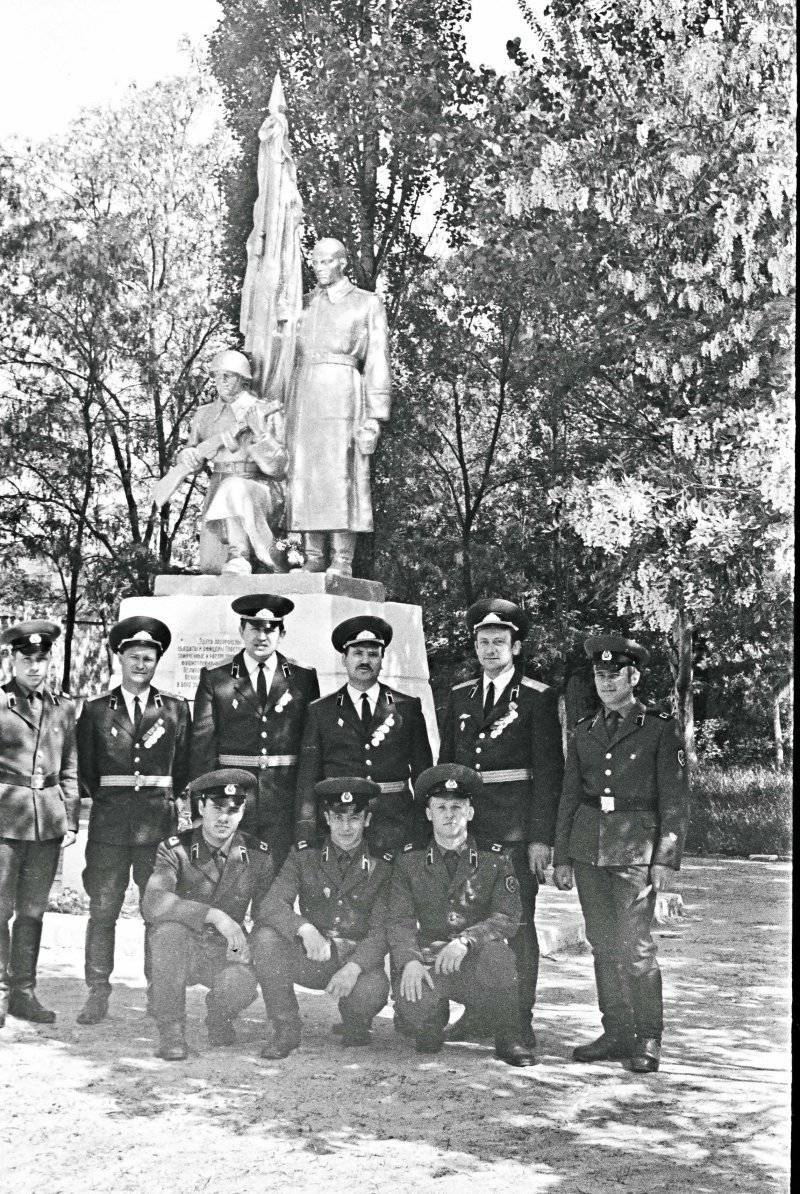
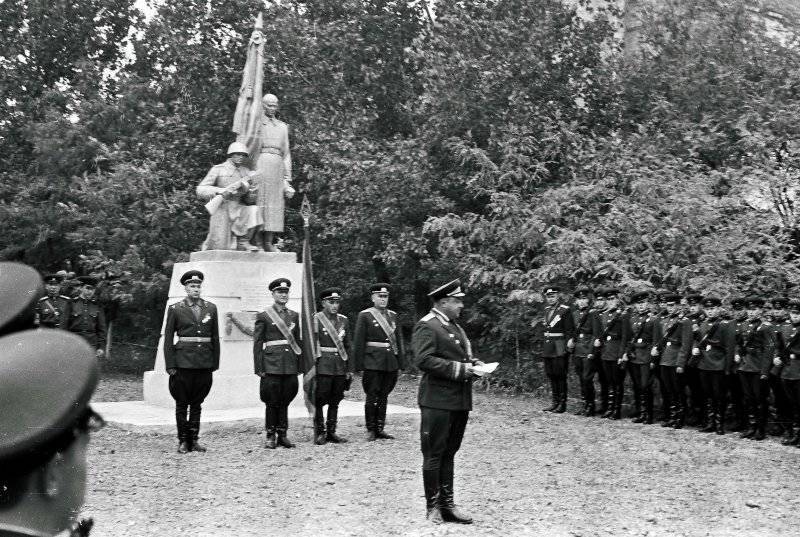
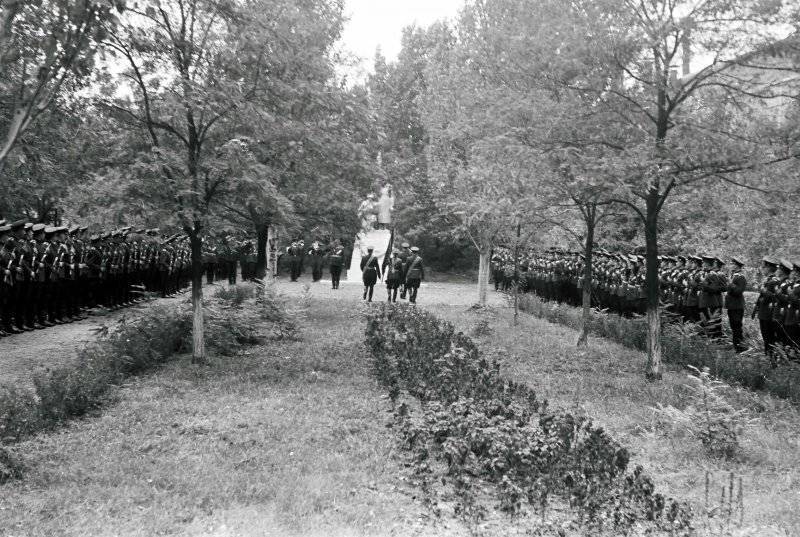
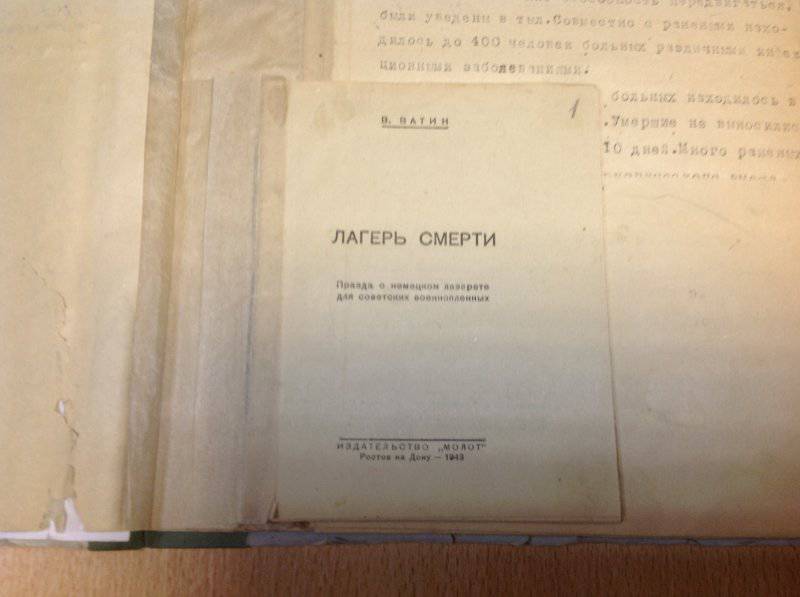
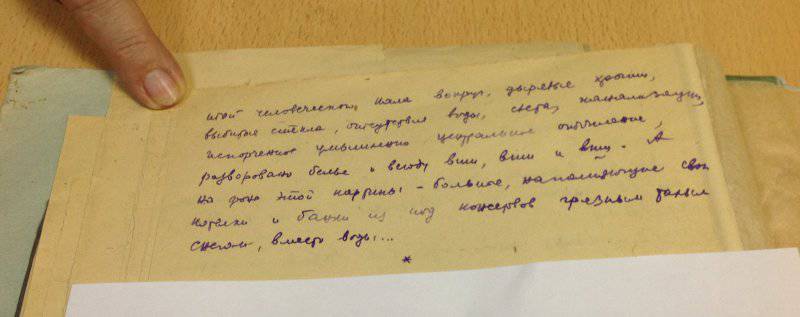
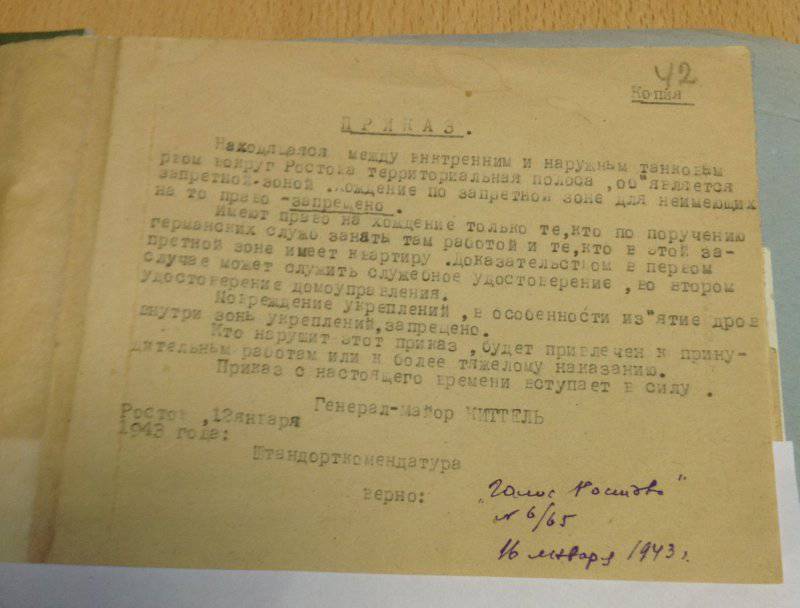
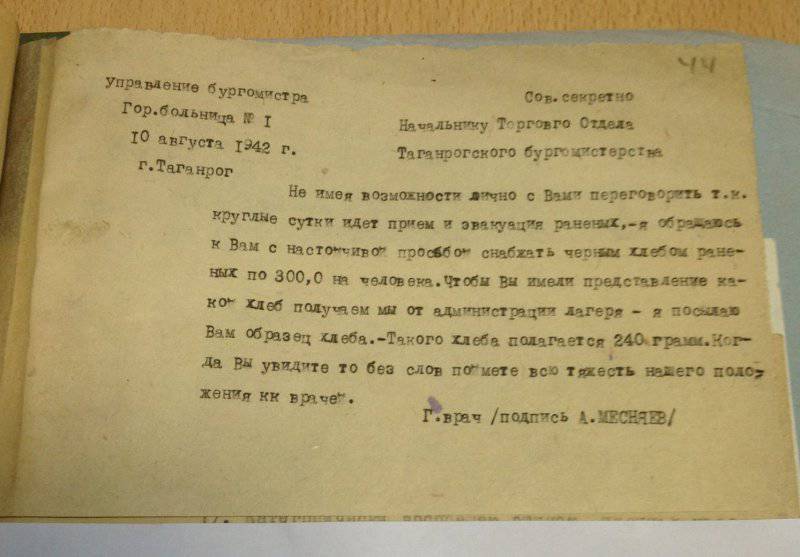
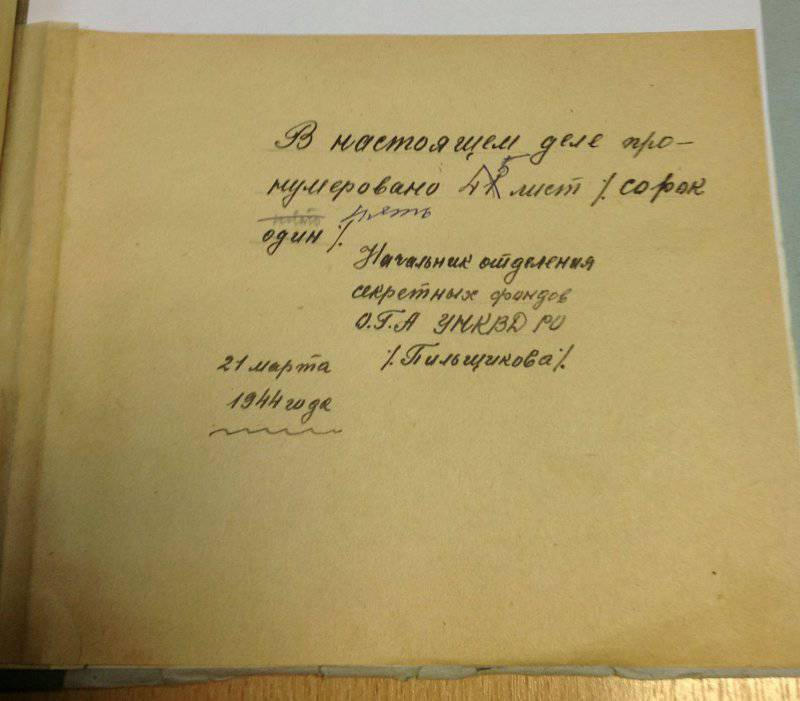
Information